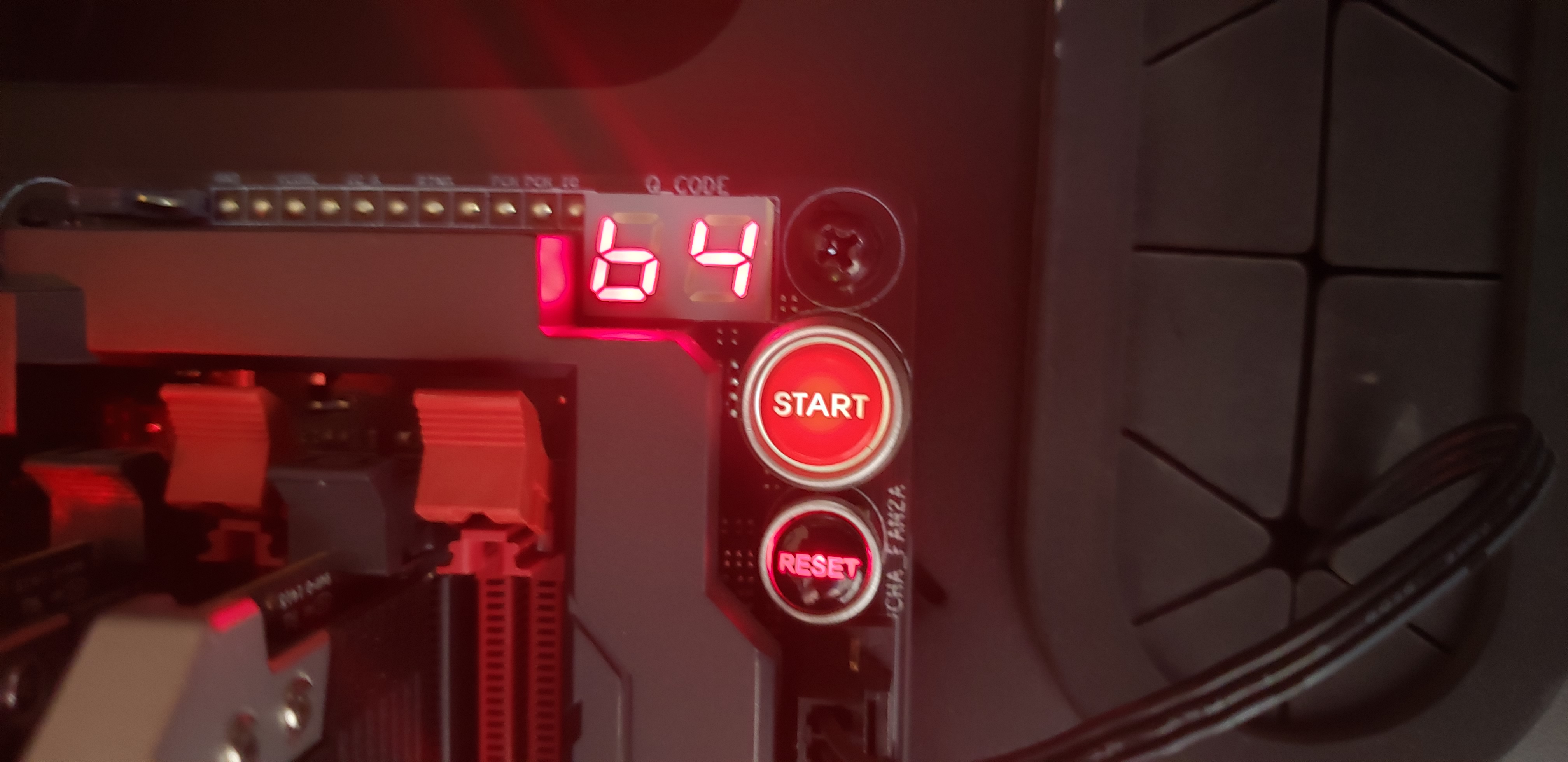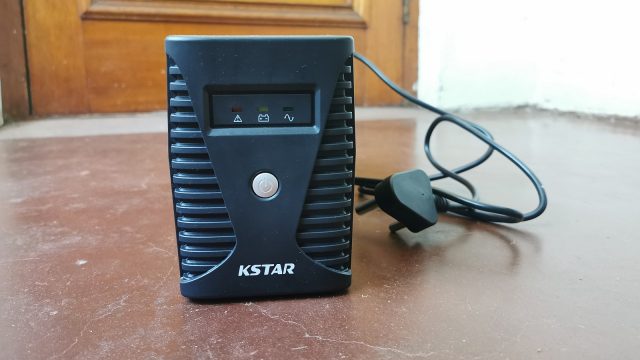

If everything checks out, your computer will load into Windows without issue. POST-Power-On Self-Test-is your PC's way of checking that everything is running in tip-top shape every time you boot up your computer. But here's a general idea of how you can figure out what beep code your computer is making when it tries to POST. And, unfortunately, there isn't a standardized beep code regardless of what BIOS firmware is in your machine. It's important to note that the motherboard maker is not necessarily the same as the BIOS maker, so it's best to consult your manual as the codes can vary. Whatever the case, the codes are there to let you know that something is wrong so you can get on your way to diagnosing and fixing the problem. Other times it could be a failed GPU or CPU, or maybe you just forgot to plug in one of the cables. Here are links to explanations of beep codes for Dell, HP, Lenovo, Asus, Gigabyte, and MSI.Sometimes it's as simple as improperly seated RAM. Note the number and duration of beeps, then head to your motherboard or system manufacturer’s website, or search online. It could be one long beep, or one short, one long, etc.

If that’s the case, here’s what you do.įirst, note the pattern of beeps. Nowadays most computers don’t have speakers on the mainboard, so we don’t hear beeps unless there’s a problem. There’s only one good beep: The single tone of power-on affirmation you’d hear back in the day when you turned on your PC. Some motherboards have displays for codes like this one so you can see if there’s a problem. Some motherboards even display two-digit codes on the board itself (see photo). However, this visual display of the results isn’t very beneficial if there’s no signal going to the monitor, so BIOS manufacturers devised a system of beeps that function as a diagnostic guide. It looks like the computer is taking an inventory of all the connected components.

While the POST is running you can actually see the results on your display, assuming it’s working.


 0 kommentar(er)
0 kommentar(er)
